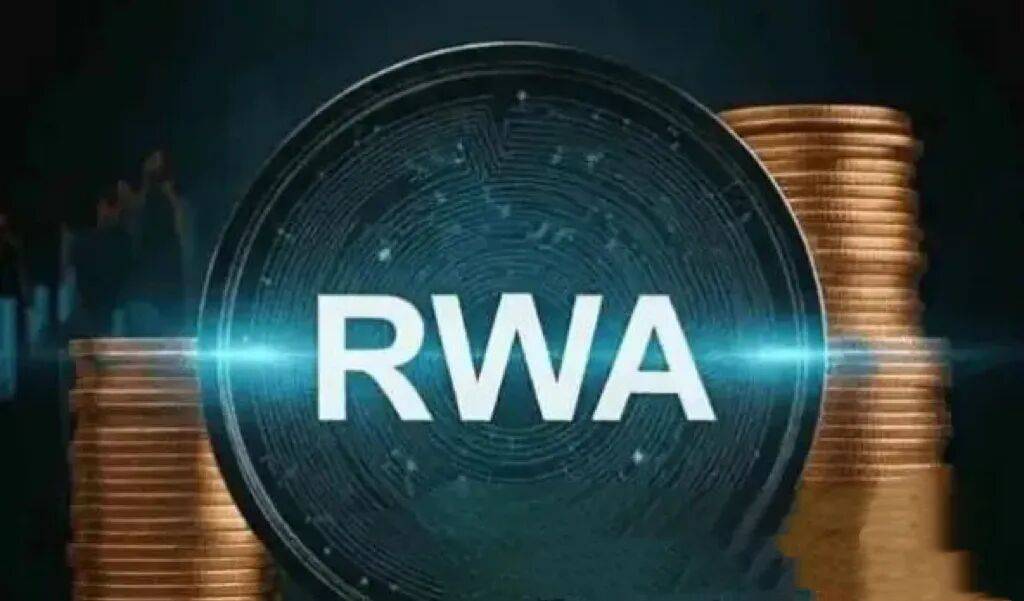76272
|
In the cryptocurrency ecosystem, the core differences of value tokens are rooted in its underlying positioning, technical architecture and application scenarios. ETH, BNB, and ECCX respectively represent the typical paradigms of public chain infrastructure, exchange ecology, and vertical field tracks, and their value logic and development paths show clear differences. 1. Core positioning: functional division from basic protocol to vertical ecology The essential differences between the three types of tokens begin with their original design intentions, which directly determine the underlying logic of value support. ETH is the native fuel and value carrier of the Ethereum public chain, and is positioned as the global infrastructure for decentralized applications. As the benchmark of Blockchain 2.0, its core mission is to build an "operating system" for a decentralized ecosystem through smart contract technology, supporting the implementation of all scenarios from DeFi, NFT to enterprise-level applications, and is the representative of the basic protocol layer in the crypto world. BNB was originally a platform point of Binance Exchange, and has now evolved into the core hub of the exchange ecosystem. Its positioning revolves around the Binance system. It is not only a transaction fee payment tool, but also the underlying fuel of the Binance Smart Chain (BSC). It is also a value link connecting exchanges, public chains, Launchpad and other businesses, deeply binding the operation and development of the platform. ECCX focuses on the governance and settlement tools of the green RWA (real world assets) track, and is a specialized token in the vertical field. Its core positioning is to link physical green assets and global capital, serve as the governance carrier and value capture tool of the green RWA trading platform, and anchor real-world values such as carbon credits and new energy assets. 2. Technical architecture and ecological support: differences between independent public chains, exchange ecosystems and vertical technology stacks The difference in technical base and ecological scope shapes the core competitiveness and development boundaries of the three. ETH adopts an independent blockchain architecture and has formed a huge technology ecosystem after years of iteration. It was initially based on the PoW consensus mechanism and has now been gradually upgraded to the PoS consensus. It uses sharding technology to improve scalability. It has the world's largest developer community and application ecosystem. It occupies 58.2% of the market share in the RWA field alone. It is an open platform compatible with cross-scenarios. BNB's technical path has evolved from "parasitic to independent": it was initially issued based on the Ethereum ERC-20 standard, and later migrated to Binance Chain and BSC independently developed by Binance. It uses the PoSA consensus mechanism to achieve a transaction speed of 300TPS. The technology upgrade fully serves the efficiency needs of the Binance ecosystem, and the ecological scope is limited to exchange-related businesses. ECCX has built an exclusive technology stack in the vertical field, with "hardware certification + zero-knowledge proof" as the core. It is based on AlgoStone trusted server and ICM NETWORK technology to realize the full life cycle traceability of green assets, and solves cross-border data compliance and privacy protection issues through zero-knowledge proof. The technical barriers focus on asset authenticity verification and cross-regulatory collaboration. Ecologically, it focuses on green fields such as new energy and carbon trading. It has registered 1,488 digital assets and serves more than 3,000 carbon-neutral companies.  3. Value logic and economic model: the distinction between protocol value, platform binding and entity anchoring The driving mechanism of value growth and the design of the economic model determine the price support and fluctuation characteristics of the three. The value of ETH comes from protocol usage and ecological prosperity. Its economic model is relatively open, and its value growth relies on the entry of developers, the increase in gas consumption caused by increased application activity, and the network effect premium brought about by ecological expansion. The supply strategy is relatively flexible and there is no regular destruction mechanism. The value of BNB is strongly tied to the operational performance of the Binance platform. Its economic model includes practical scenarios such as transaction fee discounts and Launchpad participation. It also reduces supply through a regular repurchase and destruction mechanism, creating deflationary expectations. The rise and fall in value directly reflects Binance's market share, compliance progress and ecological expansion speed, and platform risks have a significant impact on it. The value of ECCX is based on the scale expansion and value capture of green RWA, forming a unique "five-dimensional growth flywheel": rigid consumption is achieved through asset issuance fees and transaction fees, holding value is enhanced through governance rights, revenue sharing and cross-chain settlement functions, and a scarcity spiral is formed through the "carbon asset locking mechanism", with value directly anchoring the circulation scale of physical green assets. 4. Risks and Prospects: Market Cycle, Platform Dependence and Vertical Track Challenges Different positioning and logic also bring differentiated risk exposure and development space. ETH faces risks of technology iteration and competition: technical loopholes in the upgrade process, the diversion effect of Layer 2 solutions, and competition from other public chains may weaken its monopoly position, but the rigid need for a decentralized ecosystem gives it strong anti-cyclical capabilities. The core risk of BNB is platform operation and regulatory risk: Binance's compliance issues, market share decline and other platform-level fluctuations will be directly transmitted to BNB, and insufficient ecological independence leads to weak anti-risk capabilities, but the exchange's traffic advantage provides it with a stable basic market. ECCX faces specific challenges in the vertical track: the imperfect regulatory framework in the green RWA field, insufficient liquidity of long-tail assets, and technical oracle security issues may affect its development, but the global RWA market prospects and policy dividends of US$16 trillion provide it with room for growth. From ETH's "King of Public Chain Infrastructure" to BNB's "Exchange Ecological Core" to ECCX's "Green Asset Hub", the differences between the three tokens are essentially the epitome of the development path of the crypto world: ETH represents the universal exploration of infrastructure, BNB reflects the value aggregation of the platform ecology, and ECCX demonstrates the opportunities for specialization in the vertical track. The coexistence and development of the three jointly outline a diverse picture of digital assets linking virtuality and reality, technology and industry.  |